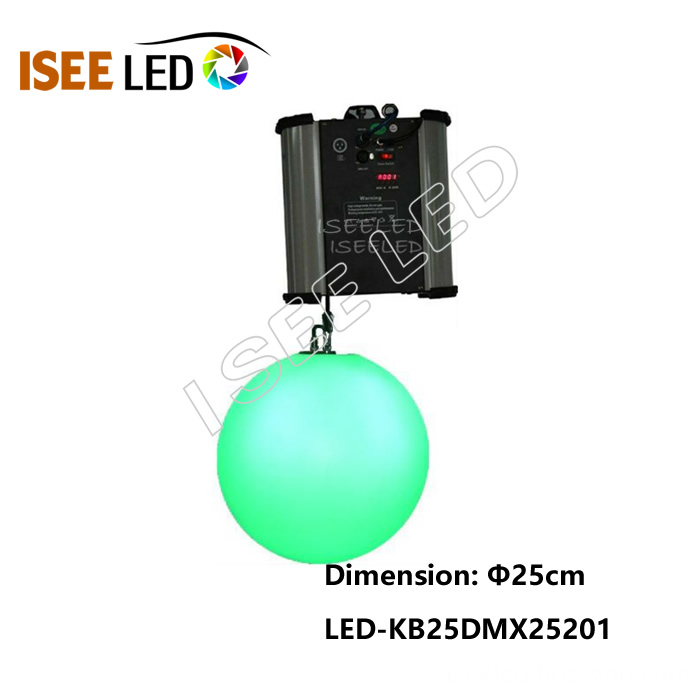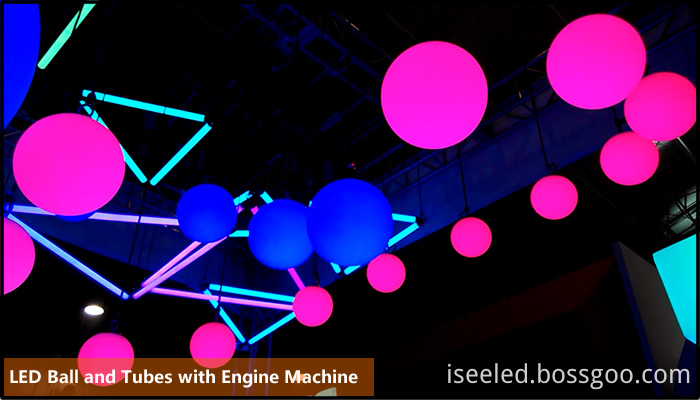Kinetic led ball is the modern led lights, very popular in the high-end led lighting market, which consist of sports and lightings, the ball can move up and downs by kinetic engine machine which control by dmx 512 together with the led lamps. The kinetic ledball achieve the kinetic sculpture and led light color changing,enrich people's visual sense in sports and colors.
Photo show of Kinetic LED Ball:


Kinetic Led Ball,Dmx Led Lift Ball,Kinetic Sculpture Led Ball,Kinetic Balls
Shenzhen Iseeled Technology Co., Ltd. , https://www.iseeledlight.com